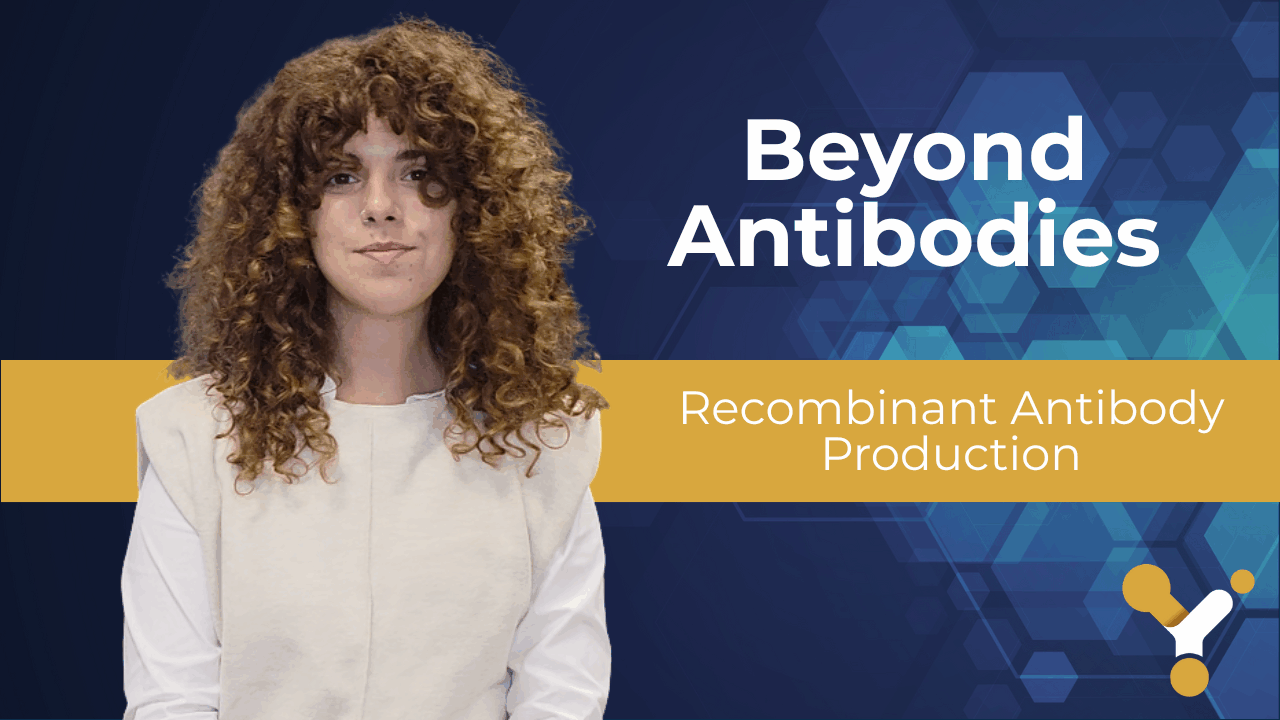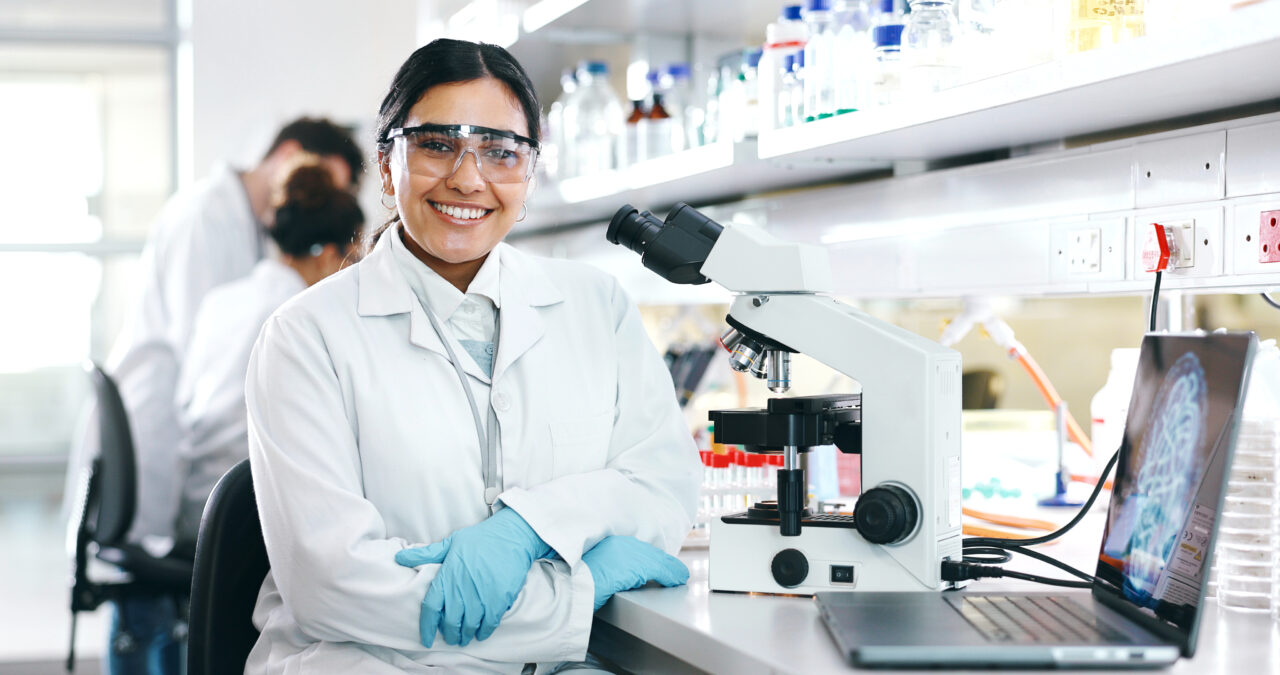These three production modes all rely on recombinant technologies but serve distinct needs at different stages of antibody development:
- High-throughput production:
Based on transient expression (genes are not integrated into the host genome), this approach allows the simultaneous generation of dozens to hundreds—even thousands—of antibodies in small amounts (from µg to a few mg, depending on conditions). Fast and cost-effective, it is ideal for early-stage screening projects where the goal is to rapidly eliminate large numbers of candidates. Characterization is typically limited to keep costs and timelines manageable.
- Transient production:
Like high-throughput production, transient production relies on temporary gene expression, but at larger scales (from 30 mL up to several liters). It is generally used to produce a limited number of candidates (from one to a few dozen) in quantities ranging from milligrams to grams. This makes it a perfect choice for intermediate stages such as antibody optimization or lead candidate selection, where detailed characterization is required to support critical decision-making.
- Stable cell line development:
In this method, the gene is permanently integrated into the host cell genome, enabling long-term, high-yield production. Stable cell lines are typically used for large-scale production, from preclinical studies to clinical trials and industrial biomanufacturing. Although it is a longer, more complex, and generally more expensive process, it includes comprehensive characterization due to its strategic role in the drug development value chain.



